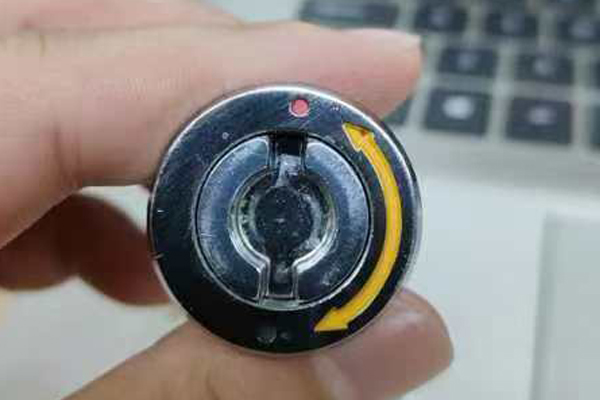
When searching for a lock, it's essential to balance security, convenience, and cost. Here’s how to make the best choice.
A lock’s quality is essential for protecting your property. When choosing a lock, focus on its durability, material, and security features. Make sure it fits your specific needs, whether it's for industrial or personal use. Always check certifications and reviews for reliability.
Are you unsure of which lock to choose? Keep reading to discover what makes a good lock and how to pick the right one for your needs.
When choosing a lock, you must consider the material, mechanism, and certifications. Quality is paramount for security.
Good locks are durable, secure, and easy to use. Look for strong materials, reliable security features, and smooth operation.
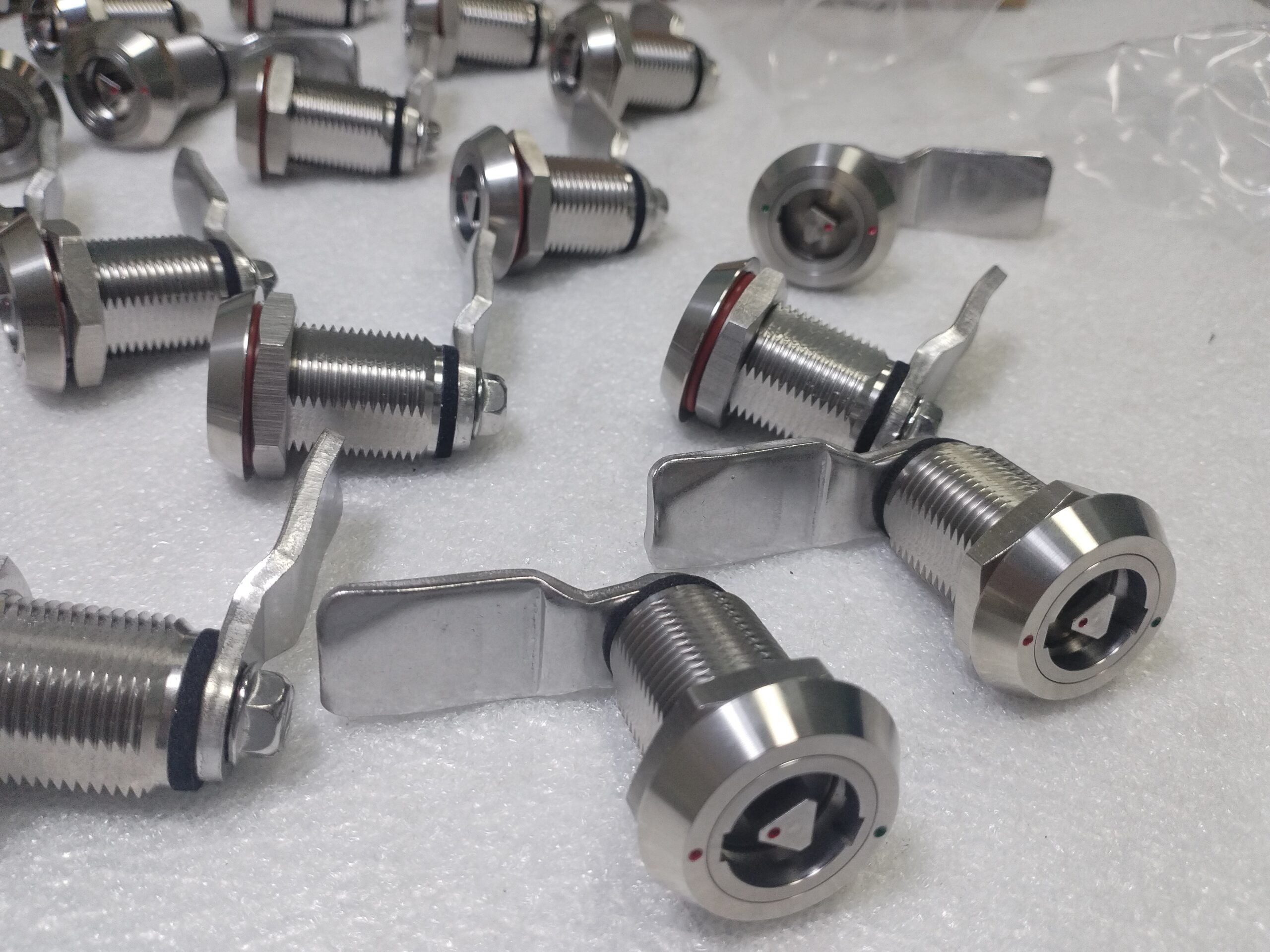
The quality of a lock is not always about its price. Sometimes, a more affordable lock can be just as reliable as a premium one, if it is made from durable materials and meets safety standards. You should prioritize a lock’s security features, such as the type of locking mechanism it uses and whether it has anti-picking or anti-drilling features.
| Feature | Importance |
|---|---|
| Material | Affects durability and strength |
| Locking Mechanism | Determines how secure the lock is |
| Certifications | Ensures the lock meets safety standards ANSI1, UL2 |
| Anti-picking Technology | Prevents unauthorized access |
If you're unsure about the features, always check the lock's certifications. Look for those that meet industry standards like ANSI or UL.
Choosing a door lock depends on its location and the level of security you need. It’s important to consider whether it will be used for interior or exterior doors.
The right door lock depends on your security needs and how often the door is used. Consider durability, ease of use, and level of protection required.
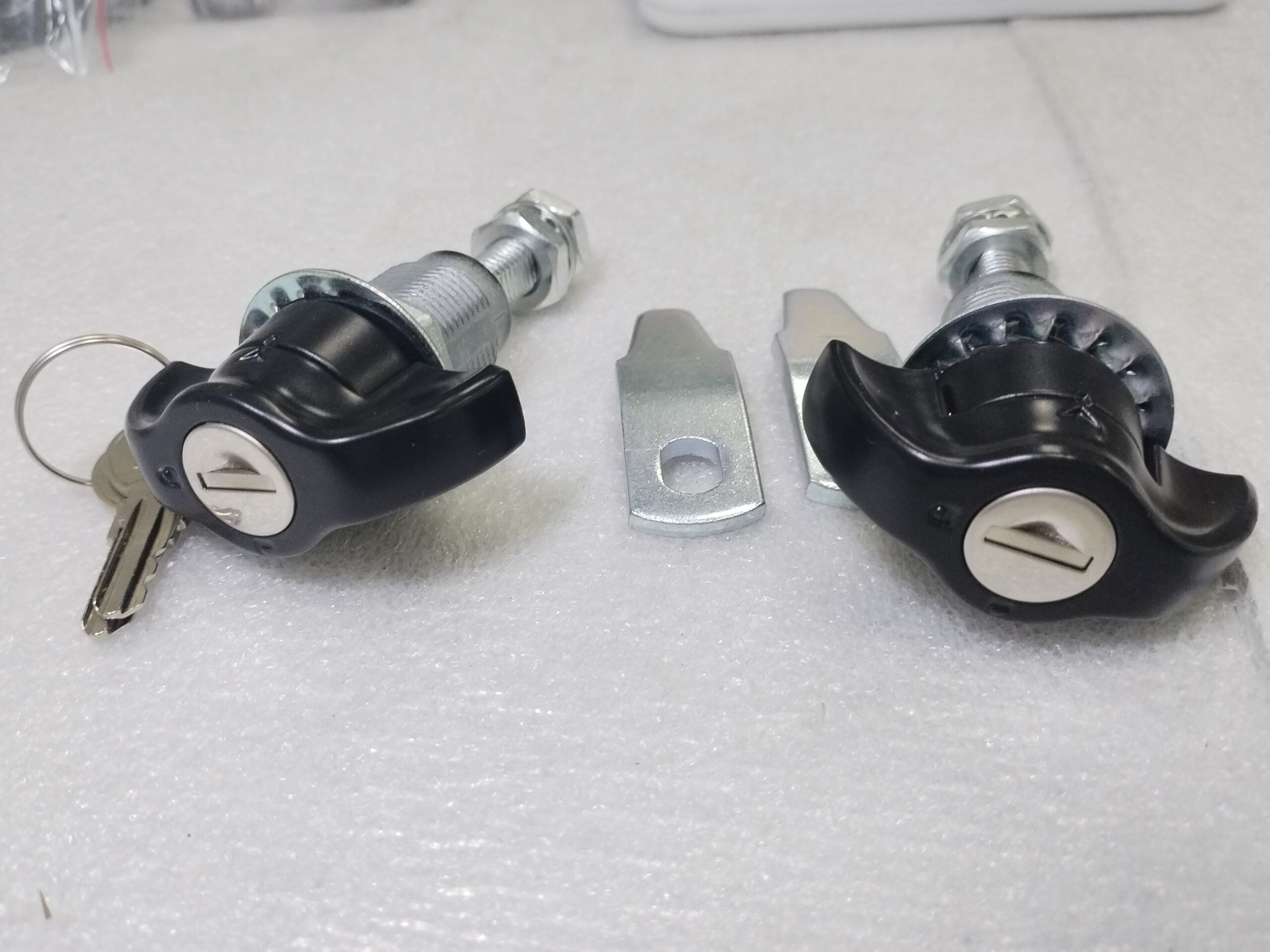
For interior doors, a basic lock may be enough, while exterior doors require stronger security measures. For example, deadbolt locks are more secure than regular spring-latch locks because they resist forced entry. It’s also important to decide whether you want a keyed lock or a keyless entry system.
| Type of Lock | Best For |
|---|---|
| Deadbolt Lock | Exterior doors, high security |
| Knob Lock | Interior doors, low security |
| Lever Handle Lock | Office doors, high traffic areas |
| Smart Lock | Convenience, remote access |
For higher security, consider a multi-point locking system3. This type of lock secures a door at multiple points, making it much harder to break into.
Choosing the right size lock is crucial for ensuring a proper fit and effective security. Measure the thickness of the door and the backset to determine the right size.
The lock size must match the door’s specifications to ensure optimal security and proper fit.

The size of a lock largely depends on the type of door you're installing it on. For instance, a standard residential door typically requires a lock with a backset of 2 3/8 inches, but this may vary depending on the door's thickness. For exterior doors, you might need a larger, heavier lock.
| Measurement | Explanation |
|---|---|
| Door Thickness | Determines the length of the lock’s bolt |
| Backset | The distance from the door edge to the center of the hole |
| Bore Hole Diameter | Ensures the lock fits in the door hole |
Once you have these measurements, you can confidently choose the correct lock size4.
When buying a lock, prioritize quality, security features, and ease of use. Look for durability and ensure it meets the necessary certifications.
Good locks are more than just their appearance. Focus on security, durability, and functionality for better protection.
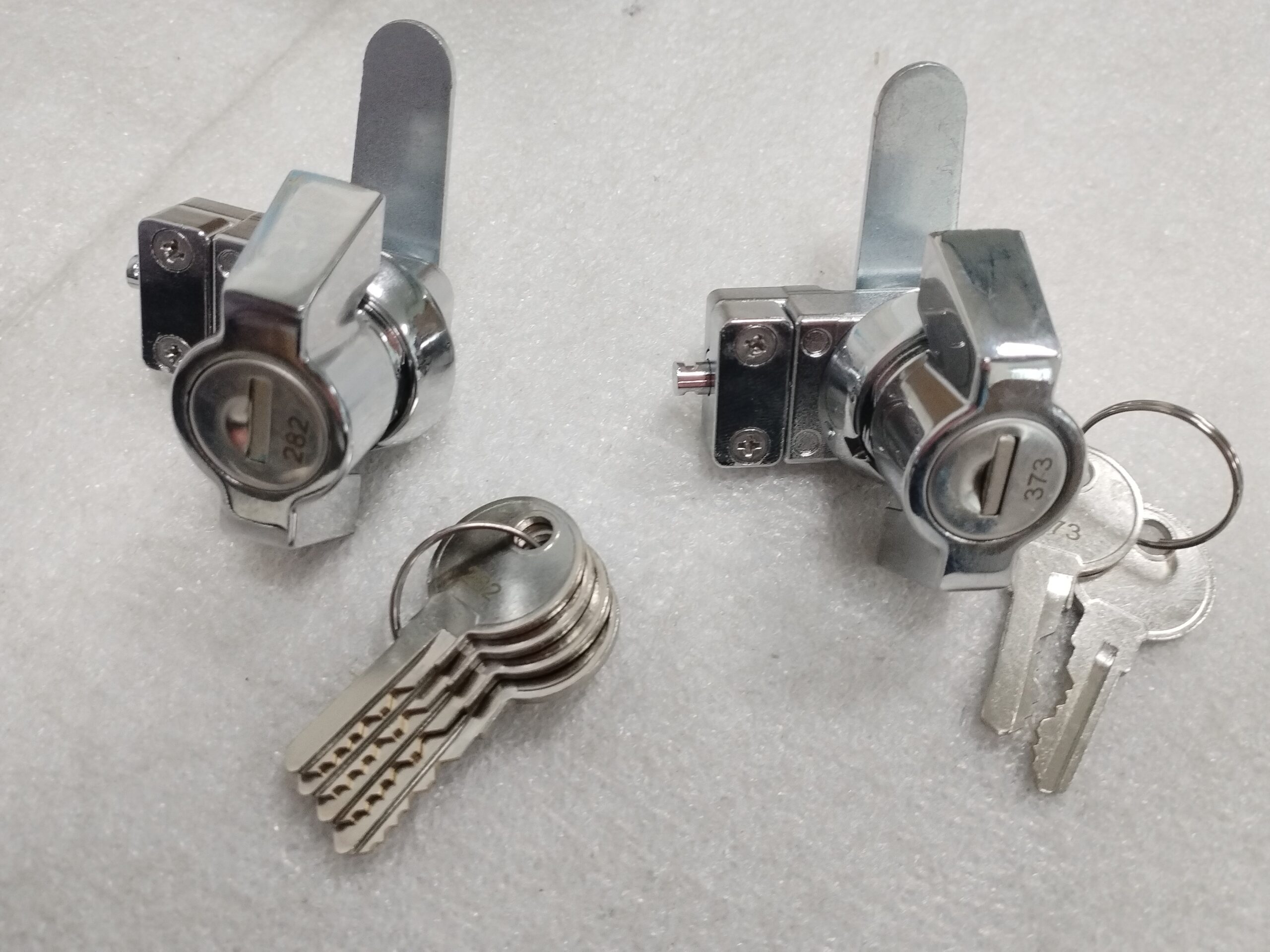
A reliable lock should meet your specific security needs. Look for locks made from hardened steel or brass for durability. Also, make sure the lock has a strong, tamper-resistant mechanism. Anti-pick features and bump-resistant designs are also important for resisting unauthorized access.
| Element | Why It Matters |
|---|---|
| Material | Ensures the lock’s strength |
| Mechanism | Prevents tampering or forced entry |
| Design | Impacts ease of use and functionality |
Additionally, check for warranty offers and the lock’s lifespan. Some locks may come with lifetime guarantees, which can provide peace of mind.
Locks are graded according to their security level, which affects their performance and durability. There are three main grades: Grade 1, Grade 2, and Grade 3.
The grade of a lock indicates its security level. Grade 1 locks offer the highest protection and are ideal for high-traffic areas. Grade 2 and Grade 3 provide less security but are suitable for lower-risk environments.

Grade 1 locks are typically used for commercial applications and offer the highest level of security. They are tested for strength, durability, and resistance to forced entry. Grade 2 locks are suitable for residential and light commercial use, while Grade 3 locks are typically used for interior doors or low-security applications.
| Lock Grade | Security Level | Typical Use Case |
|---|---|---|
| Grade 1 | High security | Commercial buildings, exterior doors |
| Grade 2 | Moderate security | Residential homes, office doors |
| Grade 3 | Low security | Interior doors, cabinets |
If you are looking for maximum security, Grade 1 is the ideal choice, especially for main entry doors.
To assess whether a lock is good, consider its strength, certifications, and resistance to common attack methods.
A good lock should be strong, reliable, and resistant to tampering. It needs to withstand force, provide consistent performance, and prevent unauthorized access.
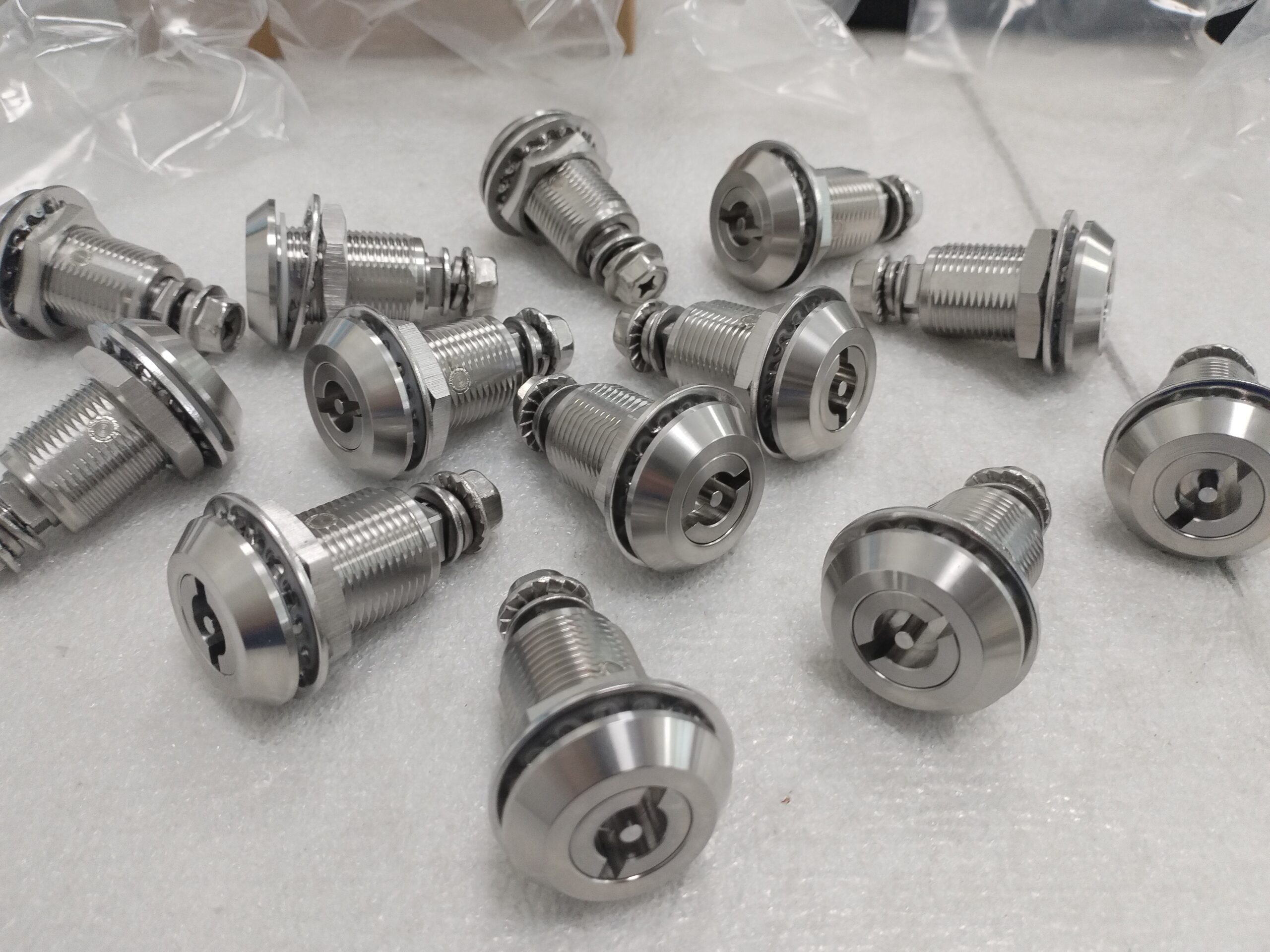
Look for locks that have passed rigorous testing standards. Certifications like ANSI or UL ratings indicate that a lock has been tested for strength, durability, and resistance to tampering. You should also look for features like anti-picking pins or drill-resistant designs, which make it harder for burglars to break in.
| Certification | What It Tests |
|---|---|
| ANSI Grade 1 | Strength, durability, and security |
| UL 437 | Resistance to tampering and drilling |
| BHMA | General lock performance and security |
In addition to these features, always check customer reviews and ratings to see how well the lock performs in real-world scenarios.
Choosing the right lock is about balancing security, size, and functionality. Always prioritize quality, durability, and trusted certifications.
Explains the ANSI certification, ensuring quality and safety standards for locks. ↩
Provides insights into UL certification, a mark of reliability and security in locks. ↩
Learn how multi-point locks enhance security and prevent forced entry. ↩
Get detailed guidance on selecting the right lock size for different door types. ↩